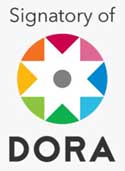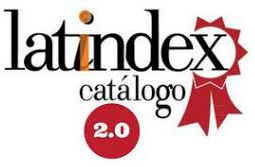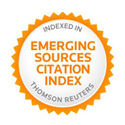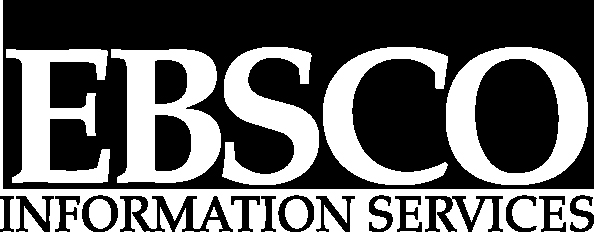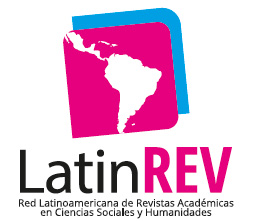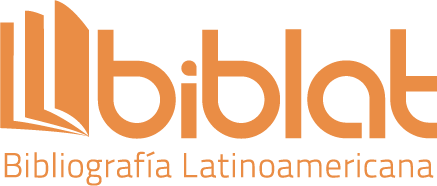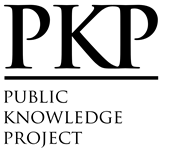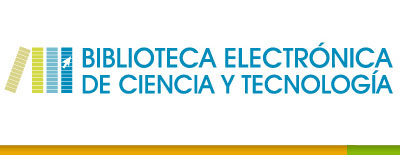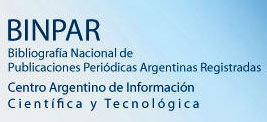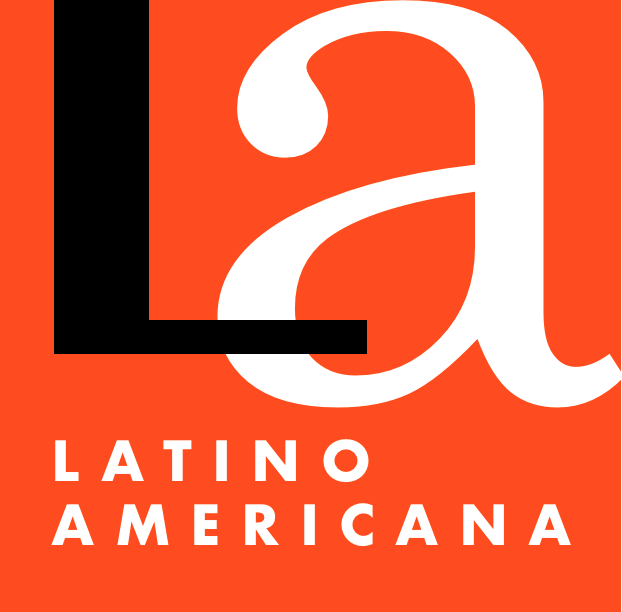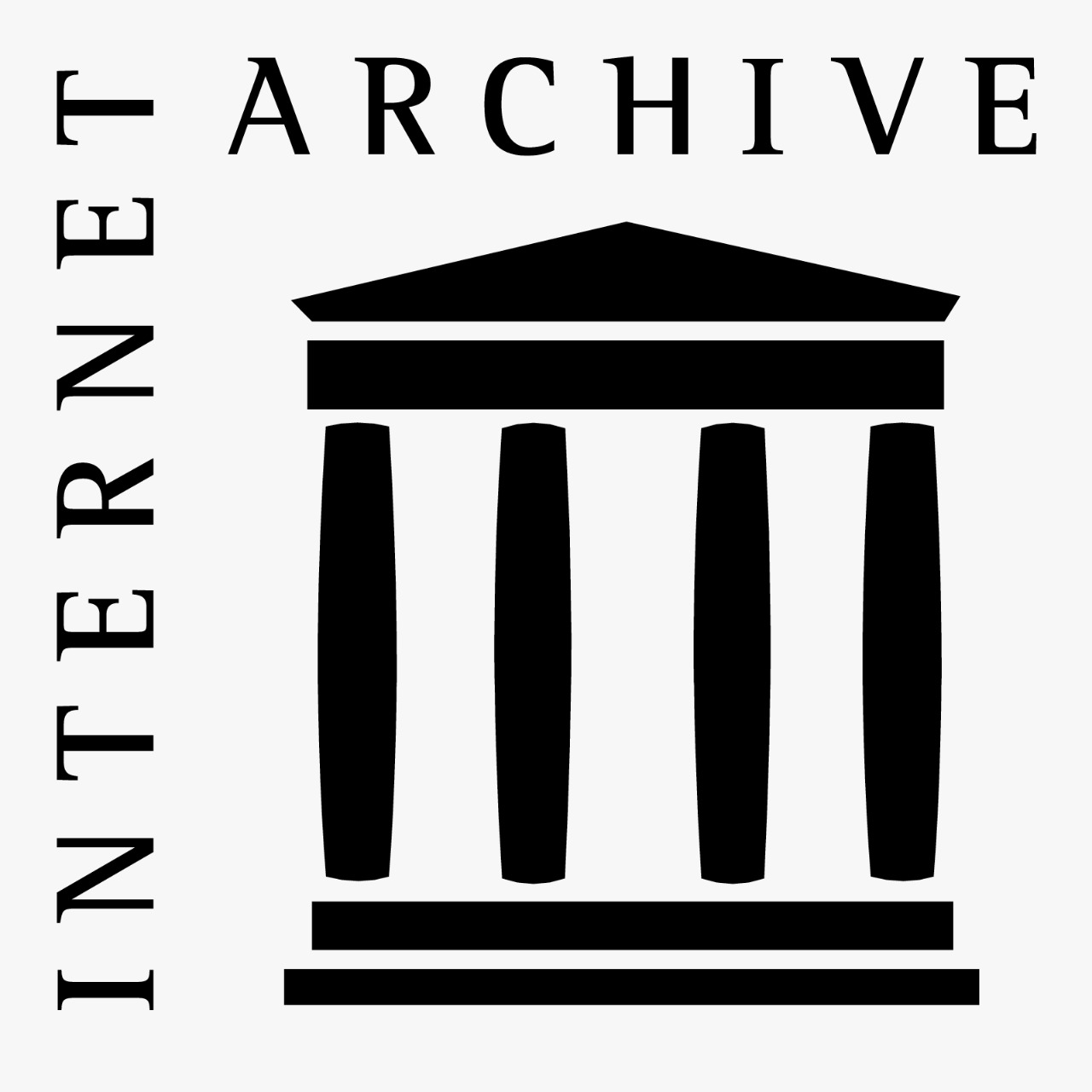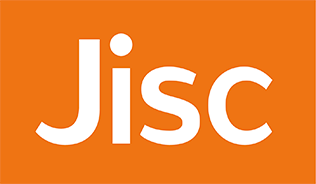Reading in virtual classrooms
On preventive and obligatory social isolation
Abstract
Reading and writing at the university level are skills that should be taught in higher education. Teaching these skills is the responsibility of the academic community, tasked with cultivating an appreciation for literary or written culture even in the most adverse conditions. In Argentina, during 2020, the national government’s decree of Preventive and Obligatory Social Isolation (also known by its Spanish acronym, ASPO) meant faculty and students had to adjust to virtual and multimodal environments. This put traditional university practices — tethered to physical paper — to the test. And it forced the academic community to prove its competence in writing and reading on a screen. The following article regards an investigation on the act of reading in an academic context. It was carried out at the National University of La Matanza, an institution focused on social justice and providing a quality education, whose sizable student body mostly comes from working-class families. The investigation was based on non-probability surveys, analysed both quantitatively and qualitatively, especially when the situation called for a more thorough, specific study. Our results show the differences between academic fields and reveal some of the interesting benefits of virtual classrooms.
Downloads
References
Albarello F. (2019). Lectura transmedia. Leer, escribir, conversar en el ecosistema de pantallas. Ampersand.
Bazerman, C., Little, J., Bethel, L., Chavkin, T., Fouquette, D. y Garufis, J. (2005). Reference Guide to Writing across the Curriculum. WAC Clearinghouse & Parlor Press.
Berstein, B. (1965). A socio-linguistic approach to social learning. En Gould, J. (Ed.), Social Science Survey (pp.165-180). Penguin.
Bidiña, A., Luppi, L. y Smael, N. (2016). Lectura académica mediada por las TIC. Segundo Simposio Internacional de la Cátedra UNESCO para la lectura y la escritura. Universidad Nacional de Cuyo, Mendoza, 26 de octubre.
Bidiña, A., Zerillo, A., Gómez, S., Luppi, L., Miranda, M., Rocaro, S., Smael, N., Toledo, V. y Val, M. A. (2014). Enseñanza-aprendizaje en la universidad: nuevos modos de leer y escribir en los tiempos de la convergencia tecnológica. Universidad Nacional de La Matanza. http://repositoriocyt.unlam.edu.ar/handle/123456789/137.
Bidiña, A., Zerillo, A., Luppi, L., Miranda, M. N., Toledo, V. P., Smael, N. C., Gómez, S. y Val, M. A. (2017). Enseñanza-aprendizaje en la Universidad: nuevos modos de leer y escribir 2. Universidad Nacional de La Matanza. http://repositoriocyt.unlam.edu.ar/handle/123456789/752.
Bruner, J. (1984). Acción, pensamiento y lenguaje. Alianza.
Carlino, P. (2004). El proceso de escritura académica. Cuatro dificultades de la enseñanza universitaria. Educere, 8(26), 321-327.
Chartier, R. (21 de febrero de 2005). Jóvenes que no leen en un mundo inundado de textos. Página 12.
Chartier, R. (2012). Leer la lectura. En Actas del Seminario Internacional ¿Qué leer? ¿Cómo leer? Perspectivas sobre la lectura en la infancia (pp. 29-47). Unidad de Educación Parvularia, Ministerio de Educación, Gobierno de Chile.
De Sena, A. (2020). Y la brisa se convirtió en terremoto. El aislamiento por el Covid-19 en la Matanza. Revista Latinoamericana de Estudios sobre Cuerpo, Emociones y Sociedad, (31), 48-63. http://relaces.com.ar.
García Canclini, N., Gerber Bicecci, V., López Ojeda, A., Nivón Bolán, E., Pérez Camacho, C., Pinochet Cobos, C. y Winocur Iparraguirre, R. (2015). Hacia una antropología de los lectores. Ediciones culturales Paidós/Fundación Telefónica/Universidad Autónoma Metropolitana.
Giroux, H. (1990). Los profesores como intelectuales. Paidós.
Gómez, M. T. (2011). ¿Necesitamos una didáctica para la Lectura Académica en Pantalla? II Congreso en línea en Conocimiento Libre y Educación CLED, Universidad de los Andes, Bogotá, Colombia, 7 al 14 de octubre.
González García, J. (16 de octubre de 2013). Alfabetización multimodal: usos y posibilidades. Campo Abierto. Revista De Educación, 32(1), 91-116. https://mascvuex.unex.es/revistas/index.php/campoabierto/article/view/1387.
Halliday, M. (2004). Ideas sobre el lenguaje. En On language and linguistics (pp. 92-115). https://cupdf.com/document/ideas-sobre-el-lenguaje-halliday.html.
Jewitt, C. (2009). Different approaches to multimodality. En Jewitt, C. (Ed.), The Routledge Handbook of Multimodal Analysis (pp. 28-39). Routledge.
Jewitt, C. y Kress, G. (Eds.). (2003). Multimodal literacy. Peter Lang.
Jodelet, D. (1986). La representación social: fenómenos, concepto y teoría. En Moscovici, S. (Ed.), Psicología social II (pp. 478-494). Paidós.
Lamarca Lapuente, M. J. (2009). Del papel a la pantalla. La lectura digital: soportes, dispositivos y formatos. http://artesadigital.blogspot.com/2009/01/la-escritura-digital-soportes.html
Lemke, J. (1997). Aprender a hablar ciencia. Lenguaje, aprendizaje y valores. Paidós.
Ley 24521 de Educación Superior, BO 07/08/1995.
http://servicios.infoleg.gob.ar/infolegInternet/anexos/25000-29999/25394/texact.htm.
Ley 25573 de Educación Superior, BO 30/04/2002. http://servicios.infoleg.gob.ar/infolegInternet/verNorma.do?id=73892.
Maingueneau, D. (2014). Discours et analyse du discours: introduction. Armand Colin.
Martin, J. R. y Rose, D. (2012). Learning to Write, Reading to Lear. Genre, knowledge and pedagogy in the Sydney school. Equinox.
Navarro, F. (2018). Didáctica basada en géneros discursivos para la lectura, escritura y oralidad académicas. En Navarro, F. y Aparicio, G. (Eds.), Manual de lectura, escritura y oralidad académicas para ingresantes a la universidad (pp. 11- 21). Universidad Nacional de Quilmes. https://www.researchgate.net/publication/323694320_Didactica_basada_ en_generos_discursivos_para_la_lectura_escritura_y_oralidad_disciplinares.
Padilla, C. y Carlino, P. (2010). Alfabetización académica e investigación acción: enseñar a elaborar ponencias en la clase universitaria. En Parodi, G. (Ed.), Alfabetización académica y profesional en el Siglo XXI: Leer y escribir desde las disciplinas (pp. 153-182). Academia Chilena de la Lengua/Ariel.
Parodi, G. (1999). Relaciones entre lectura y escritura: una perspectiva cognitiva discursiva. Bases teóricas y antecedentes empíricos. Universidad Católica de Valparaíso.
Piscitelli, A. (2010). Post-Gutenberg es Pre-Gutenberg. Quinientos años de textualidad son suficientes. http://www.filosofitis.com.ar/2010/05/24/post-gutenberg-es-pre-gutenberg-quinientos-anos-de-textualidad-son-suficientes/.
Prensky, M. (2010). Nativos e inmigrantes digitales. Distribuidora SEK. https://marcprensky.com/writing/Prensky-NATIVOS%20E%20INMIGRANTES%20DIGITALES%20(SEK).pdf.
Sapir, E. (1954). El lenguaje. Fondo de Cultura Económica.
Tolchinsky, L. (Coord.). (2013). La escritura académica a través de las disciplinas. Octaedro.
Unesco. (2018). Declaración Final de la III Conferencia Regional de Educación Superior en América Latina y el Caribe (CRES 2018). https://www.iesalc.unesco.org/2019/02/20/declaracion-final-de-la-iii-conferencia-regional-de-educacion-superior-en-america-latina-y-el-caribe-cres-2018.
Vygotsky, L. (1978). Pensamiento y lenguaje. Paidós.
Whorf, B. L. (1956). Language, Thought and Reality. The M.I.T. Press.
Copyright (c) 2021 Amelia María Zerillo, Ana M. Bidiña, M. Fernanda Espelta, Nora A. Carra

This work is licensed under a Creative Commons Attribution-NonCommercial 4.0 International License.
The authors retain the copyright and guarantee the journal the right to be the first publication of the work. In case that a translation of the article already published in Austral Comunicación can be published in another journal, it is requested to record the original publication in the translated version.
The license used is CC BY-NC-SA, which allows sharing (copying and redistributing the material in any medium and format) and adapting (remixing, transforming and building on the material) under the following terms: attribution (acknowledge authorship) and non-commercial (the material cannot be used for commercial purposes). Update: February 1, 2022.
Austral Comunicación allows the author (s) to retain the publication rights without restrictions.



